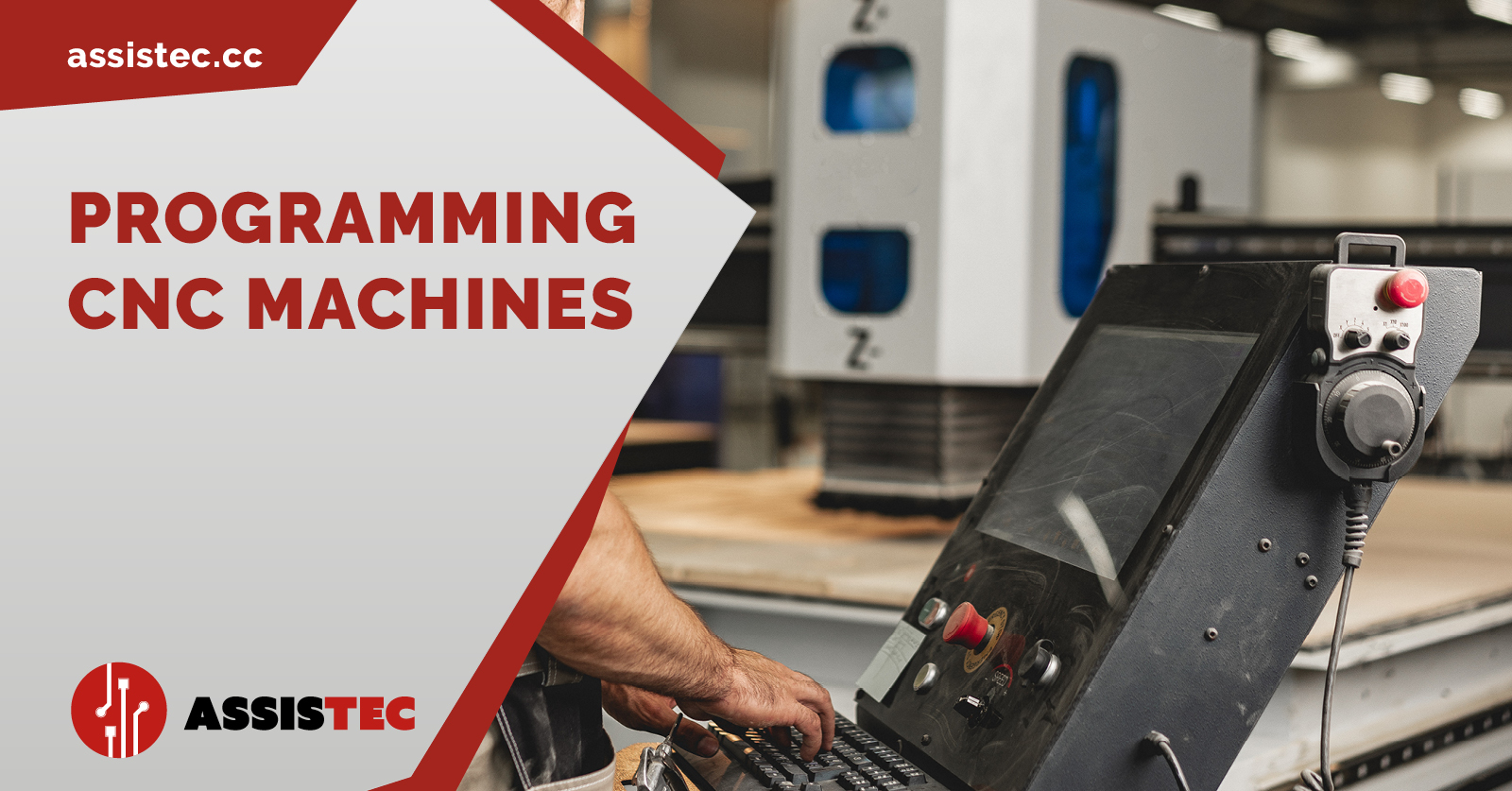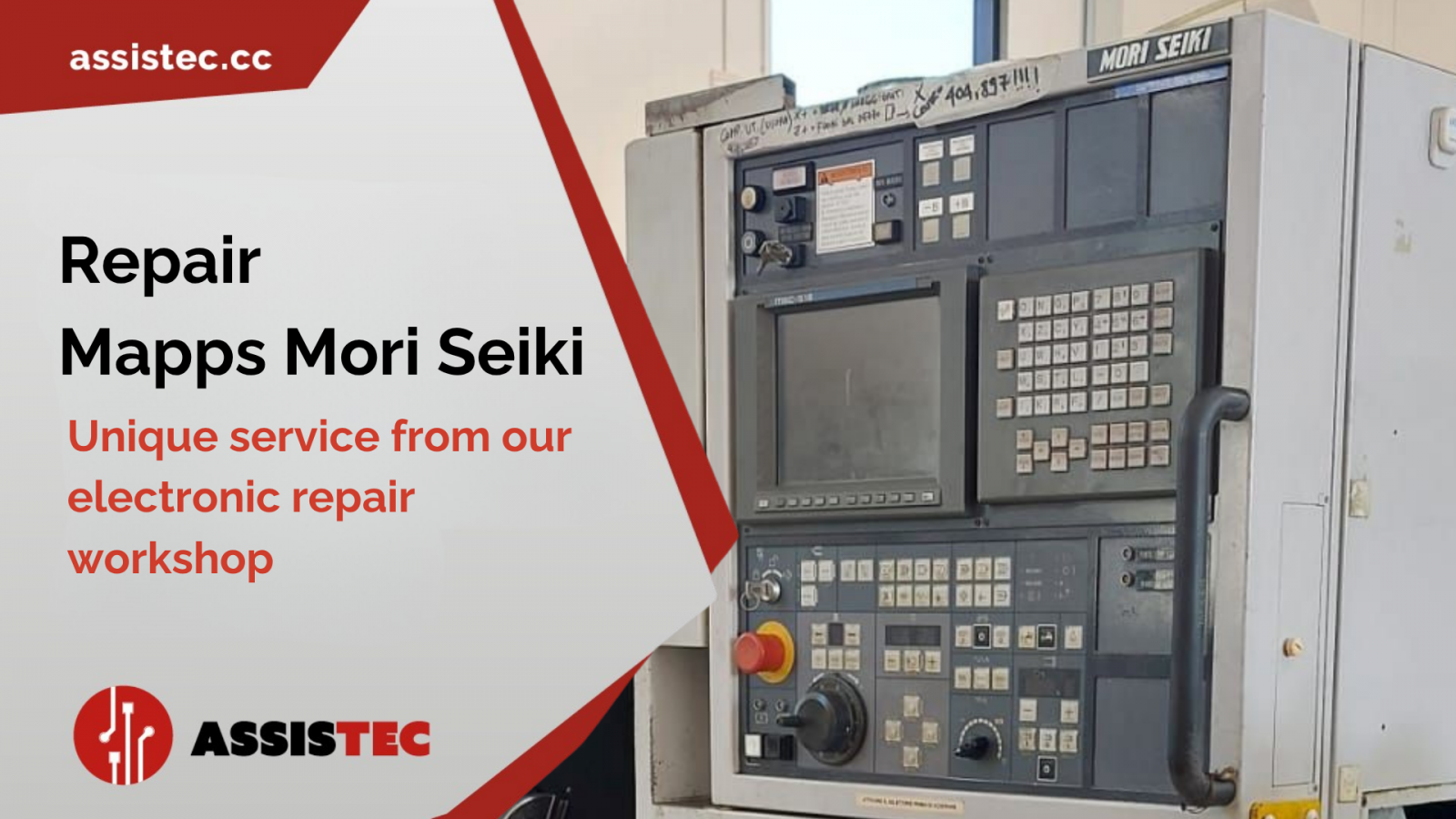CNC programming: from the basics to advanced strategies

CNC programming: a complete guide
Programming a computer numerical control machine, also known as a CNC machine, is not a simple operation, and requires a certain amount of experience in the field. When we talk about CNC programming, we’re referring to the process of creating computer commands, generally G-codes, used to control these automated production tools, able to carry out precise and complex operations, often for the metalworking sector, such as cutting, milling and drilling on a variety of materials. These instructions include: information on the movements of the tool, the speed of the spindle, feed rates, tool changes and other parameters necessary to carry out a particular process. Each process in the programming of the CNC machine tool is carried out using an integrated electronic device, usually an on-board computer.
These operations are important not only to keep the machine in excellent condition, but also to allow companies to optimise automation performance, precision, efficiency and flexibility in work processes, so they can meet the targets envisaged by Industry 4.0 and Industry 5.0 for modern manufacturing processes, even where complex components are involved.
G-code: the CNC programming language
Created in the 1960s by the Electronics Industry Association (EIA), G-code, also known as RS-274D, is a universal programming language for machine tools, i.e. a set of instructions between computer and CNC machine. Every time a machine moves or positions a workpiece, or makes its various components – such as the cutting tool, the spindle or the auxiliary functions - function, those operations are carried out with a G-code command. Generally represented by a combination of letters and numbers, each of these commands corresponds to a specific action that leads to a finished product, and it is carried out in sequence by the CNC. But what advantages are obtained by using the G-code commands? Precision and accuracy, 360° automation, repeatability, complex processes guaranteed, versatility, efficiency in terms of time and costs, and adaptability to design changes.
Basic CNC programming techniques
Given the wide range of machinery and brands on the market, it is difficult to establish a universal CNC programming technique. However, there are two ways for the computer to provide instructions to the CNC machine: by manual data input (MDI), using a type of user interface built into the CNC machine, or by generating a digital file using CAM (Computer-Aided Manufacturing) software offline. The latter method is now the most widely used. The CAM software creates a digital file containing the instructions necessary to control the functioning of the machine throughout the entire work process. Because this is a type of “offline” programming, it allows operators to simulate actions and any malfunctions of the CNC even remotely, using a “digital twin” of the machine. This makes it possible to solve any electronic or mechanical issues in advance, saving the company both time and money.
Advanced CNC software solutions
Whatever the brand - Fanuc, Mitsubishi or others – there’s one element all machines have in common: the importance of CNC programming. Software technology for communication between computers and machines is making progress every day, with the aim of optimising workflow management. Here at Assistec, we’ve always kept a close eye on the future, and thanks to our staff specialised in electronic and mechanical support on CNC machines, we’re able to provide the right support for all our customers, using latest-generation apps and software.
If you’re looking for CNC programming software, or need assistance for the software already built into your machines, contact us or call 0522989436. We’re located in Reggio Emilia, in the heart of the mechatronics supply chain and the metal engineering industry in Emilia Romagna.
Recent Posts

-
MAPPS Mori Seiki: cutting-edge technology at the service of CNC programming
In the world of CNC machining, Mori Seiki has always been synonymous with precision, efficiency and innovation. Among the systems that have contributed most to building this reputation, MAPPS (Machine Advanced Programming Production System) occupies a place of absolute importance. This hardware, integrated into Mori Seiki machines (updated in CELOS), allows for intelligent management of every stage of production, from programming to simulation. Today, thanks to the many years of experience of the Assistec laboratory, it is possible to repair MAPPS Mori Seiki, with the certainty of turning to a team of qualified, up-to-date and responsive professionals.
-
CNC lathes are the beating heart of many mechanical workshops and manufacturing companies. However, their ability to guarantee precision, production continuity and impeccable finishes depends on a factor that is often underestimated: maintenance. Regular mechanical and electronic maintenance is not only a technical requirement, but also a business strategy that reduces machine downtime, preserves product quality and extends the life of the equipment. This guide explores all the operations necessary for comprehensive maintenance, with practical advice and guidance on when it is essential to rely on specialised professionals.
-
The efficient management of CNC machine tools cannot be separated from a reliable, timely and well-organised spare parts system. This is where the Assistec Spare Parts Portal comes into play, designed to provide concrete support to workshops, maintenance technicians, technical managers and industrial buyers.
Thanks to direct integration with the automated warehouse, the portal allows you to identify and order new and remanufactured components in just a few clicks, with real availability and fast shipping.
Among the most requested spare parts today are hydraulic control units, which are essential for ensuring the operational continuity of CNC systems




